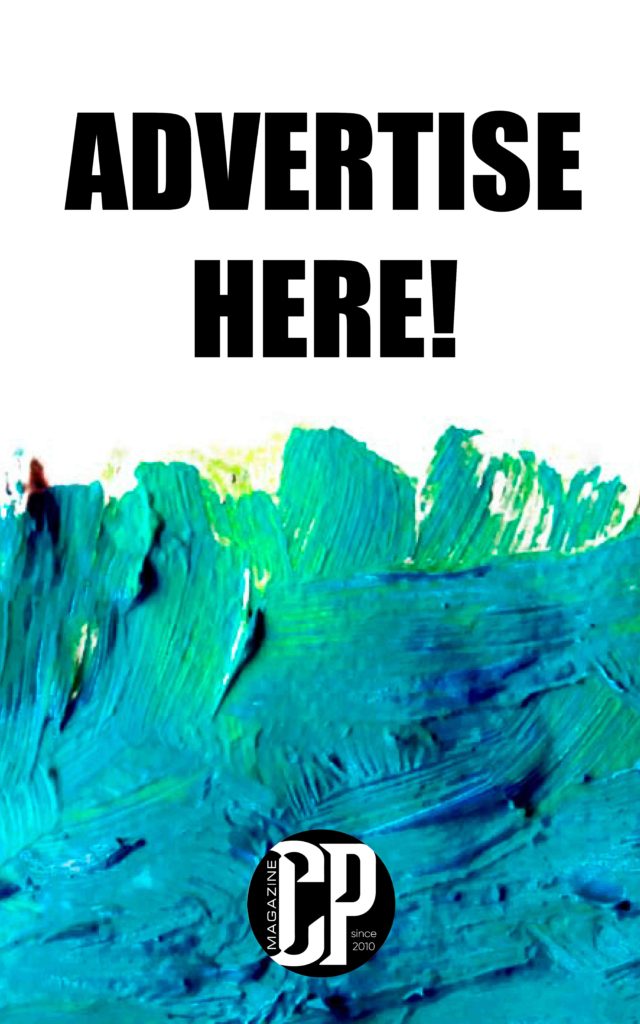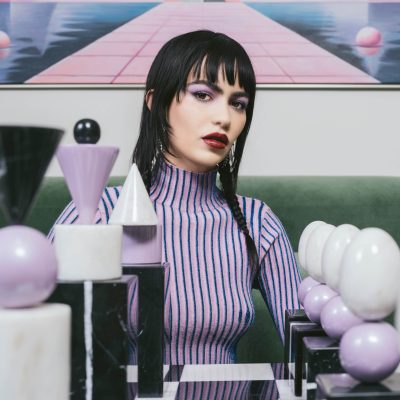“I’m passionate about the complexity of humans and cultural interactions, I was lucky to be a student of the French philosopher Jean Leveque, who had this peculiar approach: cross-cultural, highly referenced but also fun and witty”.

Guillaume Sardin’s illustrations are always a delight to behold. Brimming with all the life and energy of the best spontaneous doodles, his portfolio is bursting with a range of entertaining characters, his drawings are stories where time no longer exists, where time is suspended. His work uncover forgotten worlds and tales, things that lie in the corner, details of astounding beauties and love.
The French artist loves playing with references and symbols. “I’m inhabited by the past, the diversity of stories and cultures. He takes drastically different scales, from a small paper diorama, to wall frescoes, to 40m long installations”, confirms Sardin to City Pages.
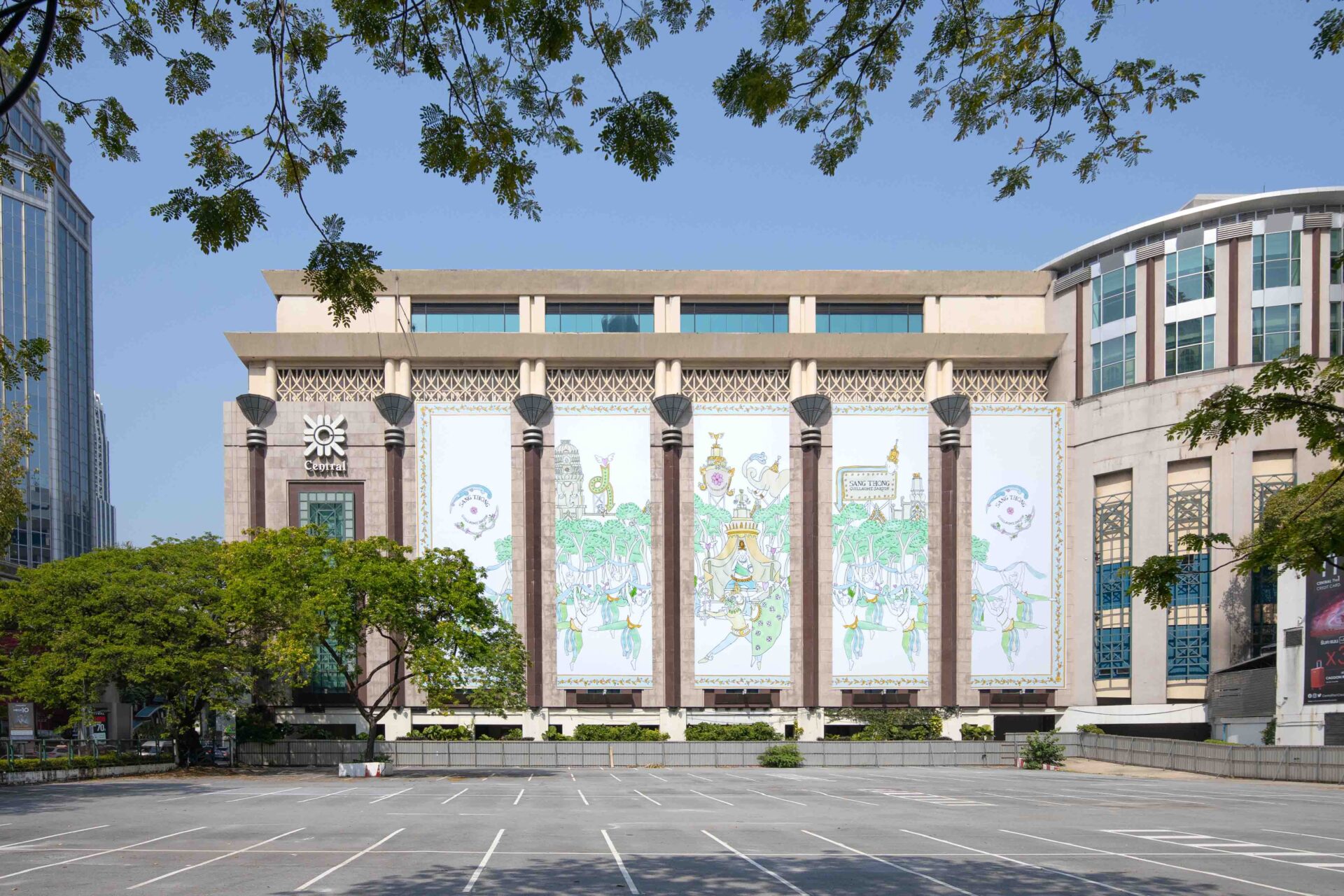
Based in Paris, Guillaume’s joyful work spans packaging design, murals, book illustrations, brand identities, shop displays and much more, all united by his deft line work, distinctive use of black ink and charming creatures. The long list of clients enamoured with his work includes Ruinart, Le Bristol, Vacheron Constantin and Sotheby’s. And even with Central Department Store, the biggest retailer in Thailand. Sardin was invited to explore with his creolized approach the traditional tales of Sang Thong. The drawings mixed French ballet, the beautiful 18th century decorative art of Thailand with modern elements like neon signs. The project took many forms: from animated videos, printed shirts, storefront windows all over Thailand and two 40m long façades on Bangkok’s busiest avenue.

CityPages Magazine: What inspired young Guillaume Sardin to pick up the paintbrush/pencil?
Guillaume Sardin: I used to draw a lot as a child, I was creating cities, civilisations, a complete parallel universe that was evolving through millenia. I remember it started with the leaflet of the Le Louvre that depicted an aerial view of the museum. I guess even back then I was attracted to the past and the evolution of people and stories.
How did you become an illustrator, and how did you start doing work for product and editorial illustration?
GS: I’m an Architect, by training, I taught Architecture and the theory of Design at the University of Rwanda, I’ve worked in Luxury interior design. But life is always full of surprises, and a few years ago, I was asked to draw for a Parisian palace. I liked the pace, the freedom drawing gave me compared to designing spaces and buildings.
Inspiration – necessary, or a myth?
GS: Not necessarily, Since I was young I’ve binge referencing; I accumulated details from the distant and recent past to build my own visual library, one that I’m still developing today. I love learning about art history, anthropology and philosophy. I often draw while listening to conferences. I love learning about art history, anthropology and philosophy and I’m fascinated by nature. I often draw while listening to conferences. I love digging into the past, and there’s an astounding beauty in the old masters sketches. It’s fertile ground and inspires endless discovery.
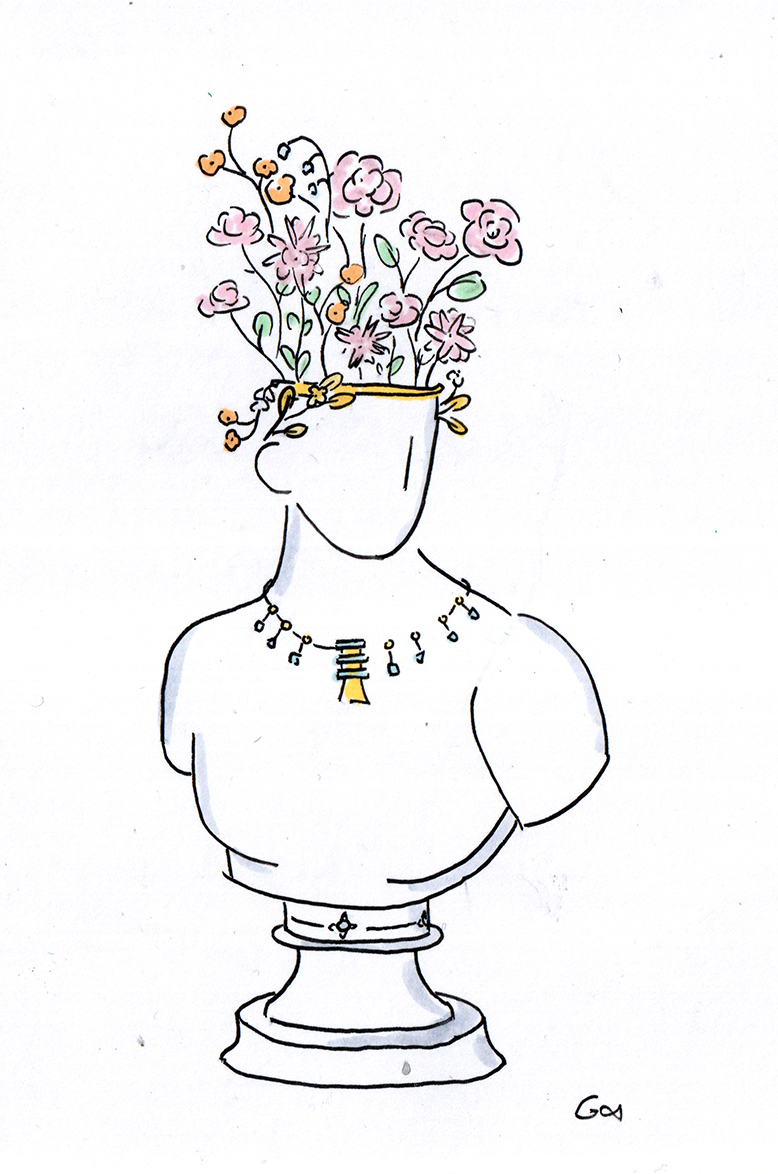

What is your favorite thing in the world to illustrate?
GS: Tough question, I think what gives me chills is to be confronted with masterpieces from the past, sketching them is like dating them in a way. It’s very physical.
How many hours a day do you spend drawing?
GS: I think I’m drawing or scribbling non-stop, I never leave my house or atelier without a small Moleskine notebook and a pen. Nowadays, drawing is like meditation, a very something part of my life.
Do you still have time to draw only for your pleasure, except commissions?
GS: Even if commissions and collaboration take a lot of time, I make the time for it. It creates room for playfulness with no restrictions, it’s incredibly important in my drawings. I find it exciting to rearrange, reimagine and recompose stories, symbols. Drawing for pleasure nourish your brain, and provides you with new perspectives.
Is that important, for an artist, to reserve some time to draw for themselves?
GS: I don’t know for other artists, but for me it’s very important, it’s a respiration, a space for experimentation, a space to formulate new ideas, and compositions. It’s also super fun, this week I’m working on personal drawings, mixing nature spirits and still life compositions.

Your paintings seem to show a micro world, or conversely, a world on a gigantic scale. Are you conscious of this multidimensionality and diversity of scales in your work?
GS: I think my background as an Architect helped me a lot. I started drawing a small diorama for a Parisian Palace, like an architecture paper model. My drawings are often spatial compositions, like what an architect does, switching from details to macroscale. It’s also super fun and exciting to switch from a paper model to a giant facade, or wall murals.
Do you think art is a mirror of the artist?
GS: Well I don’t know for others, but for me I think you can find a lot of who I am in what I draw, this playful attitude towards the past, the link with anthropology and the old masters. My style is very narrative, and my drawings tell stories. There’s an Hellenistic aspect to it, in the sense that it gathers influences and pays tribute to tales from different places and times. And my brain is a bit like that.
I love your art for Tale of Sang Thong in Thailand. How did those come about?
GS: It was an amazing collaboration with Central department store, one of the biggest retailers in Thailand. The visual merchandising team came across my work with Ruinart and my creolized references. They asked me if I were interested. I was super excited to dive into Thai culture. It was a humbling and enriching adventure.

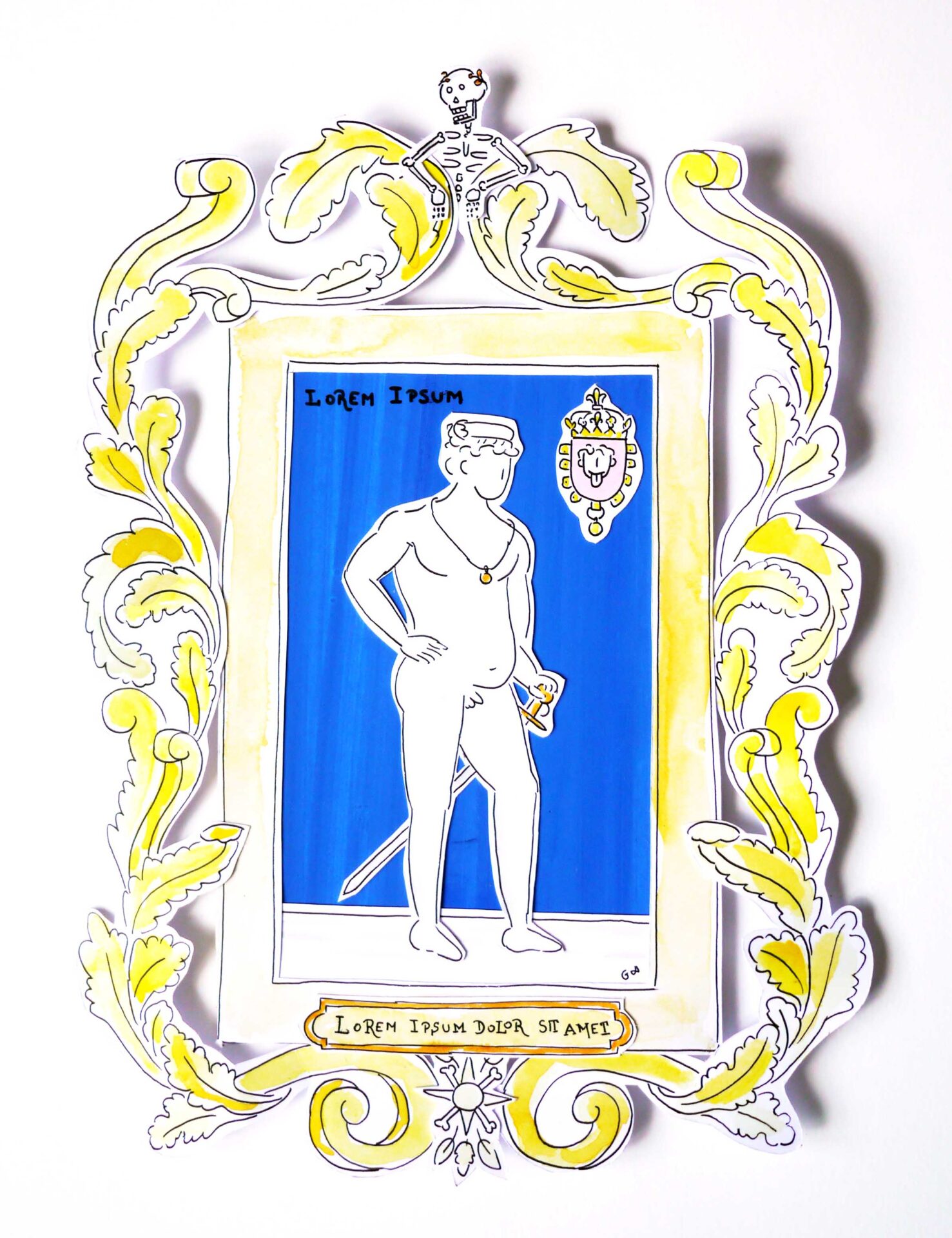
Your paintings seem to have a complex interplay between the intellectual and the visual. Could you share your thoughts on the relationship between both?
GS: I’m passionate about the complexity of humans and cultural interactions, I was lucky to be a student of the French philosopher Jean Leveque, who had this peculiar approach: cross-cultural, highly referenced but also fun and witty. He heavily influenced me, through references, books. And today, I’m still thankful for what he taught me. I love the subtle tension it creates, the depths it can provide to an artwork. It’s a witty new layer added to my art, an homage to who proceed us all over the world. A link with the past.
Describe your studio space.
GS: Currently I have Two studio spaces with two different ambiances. One in Paris, in le Marais, a typical Parisian space with a balcony, close to museums, coffeeshops. I love it here. I draw on the floor or on an old mahogany game table, and when I need air, I go walk in Paris, go to the Louvre or the Musée Picasso. The other one is where I grew up, in the middle of greenery, simple white space, with family furniture. I draw there late at night, listening to music. It’s more contemplative and allows me to work on bigger pieces. I love switching between the two.
You are currently working on a large perspective painted ceiling for a French interior designer. How long have you been developing the project? Can you tell us a bit more?
GS: It started a year ago with the first sketches. It’s a dream project. I’m fascinated by Italian Mannerist frescoes, they mix and match and create a joyful universe. It’s for a Parisian apartment. Natalie, the owner, grew up in New Mexico. I thought it would be interesting to mix the rich tales and culture of the Pueblo people that lives in New Mexico, with the traditional French decorative art. The ceiling will be 8m by 4m. The design is a perspective drawing with corniches and frontispiece with Pueblo symbols and New Mexican fauna and flora. I’m painting the final panel as we speak. Can’t wait to show you the final result!
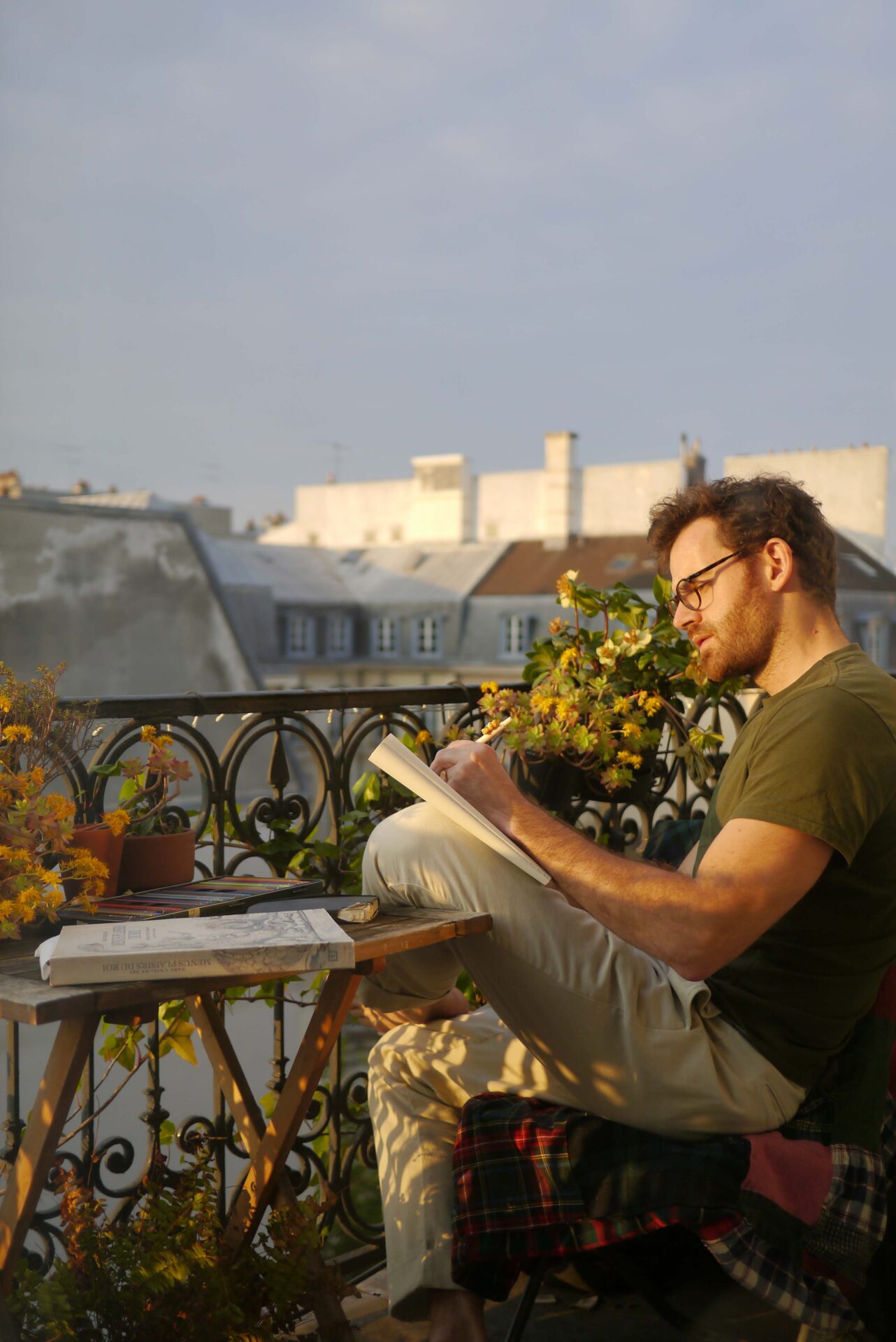
What are Guillaume Sardin’s artistic plans for 2024 and beyond?
GS: I’m starting the new year with an art residency in Rwanda, a country close to my heart, where I will explore the myth and landscape of this amazing country and connect with Rwandan craftsmen. Then later, I’m going to the South of France to paint a two-storeys stairway for a collector. Then beyond that, some exciting exhibitions are on their way, new mediums. I love when art can be integrated in the daily live. I’m very lucky and blessed to be able to explore and share my world with people. The future is ours to create 🙂




